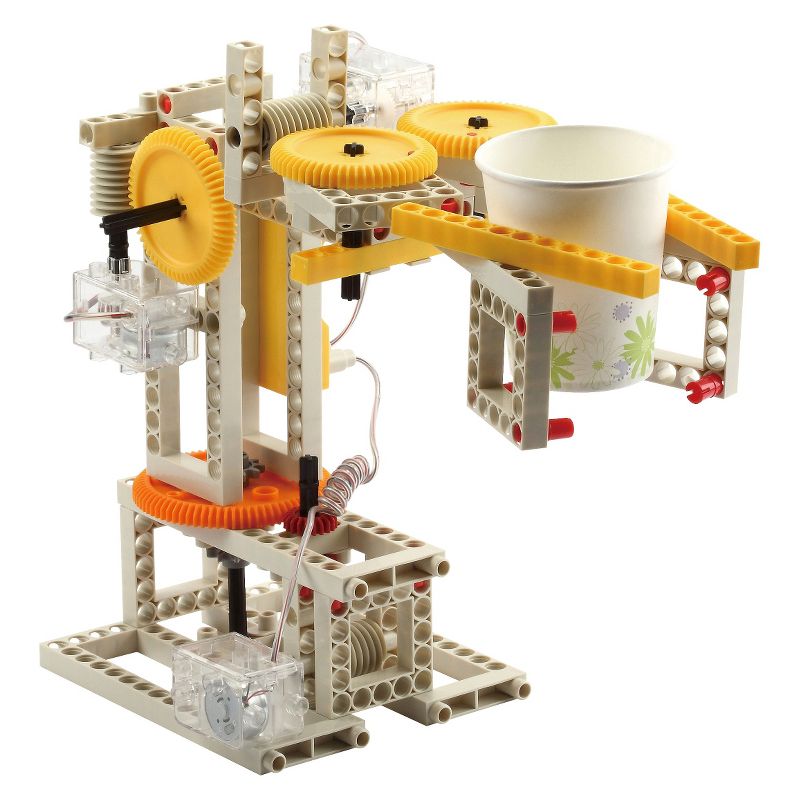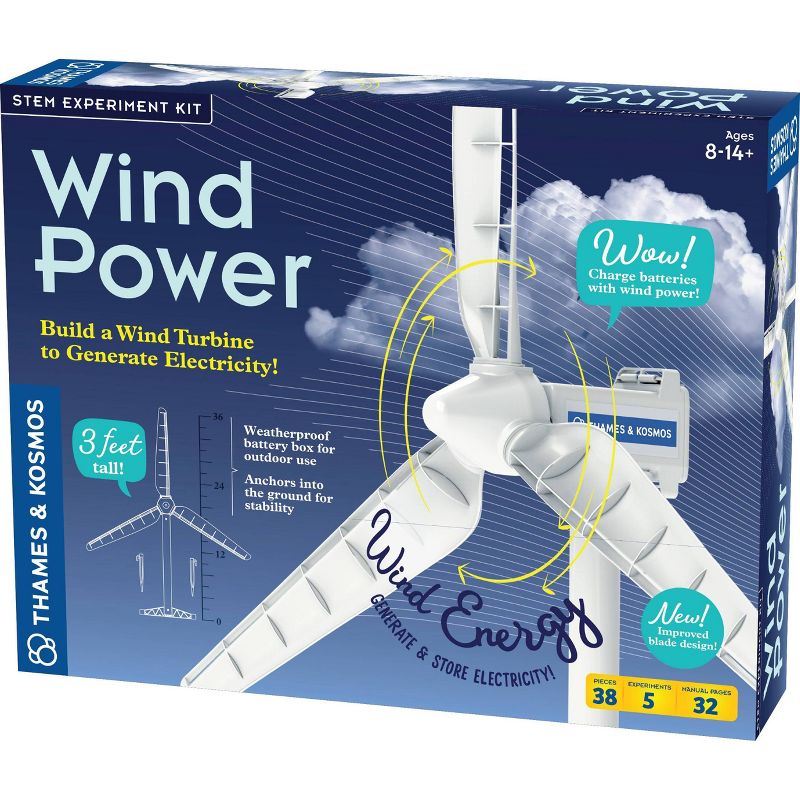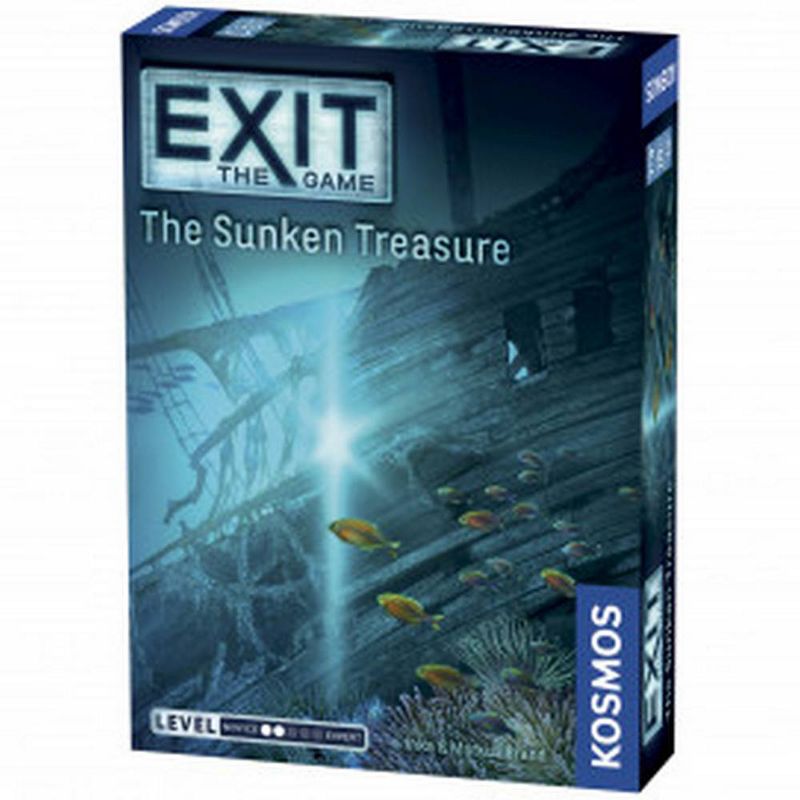Trusted shipping
Easy returns
Secure shopping
Buy Thames & Kosmos Nanotechnology in United States - Cartnear.com

Thames & Kosmos Nanotechnology
CTNR644532 0814743011465 CTNR644532Thames & Kosmos
2027-01-01
/itm/thames-kosmos-nanotechnology-644532
USD
108.82
$ 108.82 $ 112.19 3% Off
Item Added to Cart
customer
*Product availability is subject to suppliers inventory
SHIPPING ALL OVER UNITED STATES
100% MONEY BACK GUARANTEE
EASY 30 DAYSRETURNS & REFUNDS
24/7 CUSTOMER SUPPORT
TRUSTED AND SAFE WEBSITE
100% SECURE CHECKOUT
Contains: Does Not Contain Any of the 8 Major Allergens
Suggested Age: 15 Years and Up
Includes: Instruction Guide
Educational Focus: Science
Battery: 1 AAA, Required, Not Included
•The science of nanotechnology deals with the smallest structures, in the range of one to 100 nanometers in
•With this kit, the intangible, nanoscopic world becomes accessible
•Nanoparticles can be made of different materials and exist in a wide variety of forms
•Get a feel for just how small a nanometer really is
•Explore how charcoal is like a nanoscale sponge with filtering experiments
•The science of nanotechnology deals with the smallest structures, in the range of one to 100 nanometers in size
•Nanoparticles can be made of different materials and exist in a wide variety of forms
Some of the biggest scientific breakthroughs in recent years involve things that are actually very, very small. The science of nanotechnology deals with the smallest structures, in the range of one to 100 nanometers in size. That’s as small as just a few atoms in a row (one atom corresponds to about one nanometer)! With this kit, the intangible, nanoscopic world becomes accessible with hands-on experiments using both scaled-up models and real nanomaterials. Nanoparticles can be made of different materials and exist in a wide variety of forms —thin layers, tubes, balls, and tree-like structures. These particles can be coated onto surfaces, they can enhance other materials such as paint, they can be used as a delivery method for pharmaceuticals in the body, and much more. Specific applications include, for example, self-cleaning house paints and water-repellent clothes, anti-fog coatings on glasses, UV protection components in sunscreen, environmentally friendly anti-fouling coatings for ships (to prevent algae growth, thereby reducing fuel consumption), antibacterial coatings for medical devices, and materials to more effectively filter dirty water. Start out by conducting experiments concerning size, scale, and orders of magnitude in the International System of Units, to get a feel for just how small a nanometer really is. Explore how charcoal is like a nanoscale sponge with filtering experiments. Conduct experiments with the hydrophilic (water-loving) and hydrophobic (water-hating) properties of different surfaces, which illustrate nanoscale properties. Stir up some mixtures and suspensions, and then examine exotic mixtures to learn about the nanoscopic particles suspended in them. Shine a laser through a colloidal gold — a suspension of nanoscale particles of gold! Learn about the electromagnetic spectrum, laser light, electron microscopy, and atomic force microscopy to begin to grasp how we can make nanomaterials visible. Experiment with a special material that mimics the nanostructures on a gecko’s footpads that allow it to climb straight up a vertical pane of glass with ease! A full-color, 72-page illustrated manual guides your explorations of the nanoworld, and a game board helps you track your progress through the experiments.
Suggested Age: 15 Years and Up
Includes: Instruction Guide
Educational Focus: Science
Battery: 1 AAA, Required, Not Included
•The science of nanotechnology deals with the smallest structures, in the range of one to 100 nanometers in
•With this kit, the intangible, nanoscopic world becomes accessible
•Nanoparticles can be made of different materials and exist in a wide variety of forms
•Get a feel for just how small a nanometer really is
•Explore how charcoal is like a nanoscale sponge with filtering experiments
•The science of nanotechnology deals with the smallest structures, in the range of one to 100 nanometers in size
•Nanoparticles can be made of different materials and exist in a wide variety of forms
Some of the biggest scientific breakthroughs in recent years involve things that are actually very, very small. The science of nanotechnology deals with the smallest structures, in the range of one to 100 nanometers in size. That’s as small as just a few atoms in a row (one atom corresponds to about one nanometer)! With this kit, the intangible, nanoscopic world becomes accessible with hands-on experiments using both scaled-up models and real nanomaterials. Nanoparticles can be made of different materials and exist in a wide variety of forms —thin layers, tubes, balls, and tree-like structures. These particles can be coated onto surfaces, they can enhance other materials such as paint, they can be used as a delivery method for pharmaceuticals in the body, and much more. Specific applications include, for example, self-cleaning house paints and water-repellent clothes, anti-fog coatings on glasses, UV protection components in sunscreen, environmentally friendly anti-fouling coatings for ships (to prevent algae growth, thereby reducing fuel consumption), antibacterial coatings for medical devices, and materials to more effectively filter dirty water. Start out by conducting experiments concerning size, scale, and orders of magnitude in the International System of Units, to get a feel for just how small a nanometer really is. Explore how charcoal is like a nanoscale sponge with filtering experiments. Conduct experiments with the hydrophilic (water-loving) and hydrophobic (water-hating) properties of different surfaces, which illustrate nanoscale properties. Stir up some mixtures and suspensions, and then examine exotic mixtures to learn about the nanoscopic particles suspended in them. Shine a laser through a colloidal gold — a suspension of nanoscale particles of gold! Learn about the electromagnetic spectrum, laser light, electron microscopy, and atomic force microscopy to begin to grasp how we can make nanomaterials visible. Experiment with a special material that mimics the nanostructures on a gecko’s footpads that allow it to climb straight up a vertical pane of glass with ease! A full-color, 72-page illustrated manual guides your explorations of the nanoworld, and a game board helps you track your progress through the experiments.







































